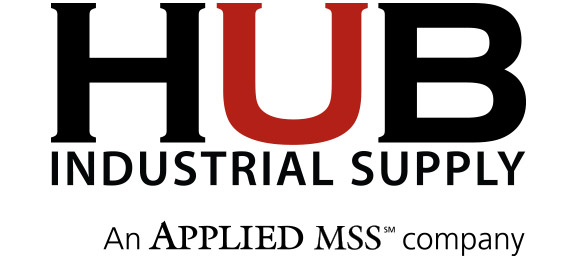
27 Mar The Great Back Belt Debate
I’m going to start right off with a little controversy: Not everybody is convinced that using back belts as an injury preventive is a good idea. Despite the common-sense assumption that back belts help workers who have to lift things in the course of their duties, there are those that actually argue that the belts contribute to injuries.
So let’s look at the facts in the case: The official position of NIOSH (National Institute for Occupational Safety and Health) is that there is no statistical proof that the use of back belts reduces the incidence of back injury claims or low back pain among workers.1
Bear in mind that nobody is arguing against back supports for people who have already sustained injuries and are under doctor’s instructions to wear a brace. Clearly there are situations where a brace is beneficial or even essential. The debate before us is whether it helps or hurts an otherwise healthy worker to wear a support belt and whether it makes any sense for employers to encourage (or even mandate) back belts for healthy workers who do strenuous lifting on the job as an injury preventive.
If you’re a manager who’s seen your share of back injuries on your team, you may be wondering how it could possibly hurt to pass out back belts to anyone willing to wear one. As a supplier of back belts myself, I’m sympathetic to the argument that “it may lack documented proof, but if it prevents even one sprained back, it will pay for itself!”
Alternative Facts
The arguments against using belts is based primarily on the following two arguments:
- Back belt wearers can deceive themselves into feeling invincible, disregarding common sense and forgetting safe lifting techniques.
- Prolonged belt use can weaken core musculature by transferring load bearing responsibility to the properties of the belt.
This second argument will resonate with anyone who has ever spent time in physical therapy to address back pain issues. Weakened core muscles lead to bad posture and aggravate a host of chronic health conditions. If excessive reliance on a back belt takes away the stimulus required to strengthen core muscles, then that can’t be a good thing.
Doing Back Belts the Right Way
With all due respect to these valid points raised, they do not rise to the level of proving that back belts are inherently dangerous. What they do is provide excellent training points to hand out to all belt users to keep in mind to avoid their pitfalls.
Employee training should include the following caveats:
- Don’t presume your belt is going to prevent injuries if you lift improperly or attempt to lift excessively heavy loads without assistance.
- Tighten your belt just prior to lifting objects and loosen the belt immediately afterward so your core muscles don’t become accustomed to the support of the belt.
Most importantly, the question of using belts should be just one small aspect of policy regarding job assignments in your operation that require frequent or occasional lifting. The first priority should be to determine if common lifting tasks can be eliminated or reduced by reconfiguring the work environment.
Secondly, it is critical for team members to understand what their limitations are and the proper technique for lifting. Schedule frequent training and re-training sessions in ergonomic lifting practices.
Thirdly, injuries are most likely to happen when safe practices are disregarded, and often these decisions are made when team members find themselves in situations where there is strong temptation to take a shortcut. The only way to discourage this is for management to proactively create a culture where doing things safely trumps doing things the quickest possible way.
Back belts can be a valuable tool in your safety tool box. It’s also helpful to be informed of their limitations and to understand how a back belt is one small component in a much larger injury prevention picture.
Citations:
1Wassell JT, Gardner LI, Landsittel DP, Johnston JJ, Johnston JM. A Prospective Study of Back Belts for Prevention of Back Pain and Injury. JAMA. 2000;284(21):2727–2732. doi:https://doi.org/10.1001/jama.284.21.2727



No Comments